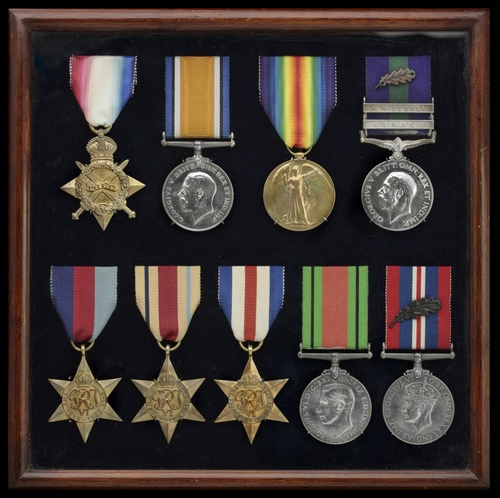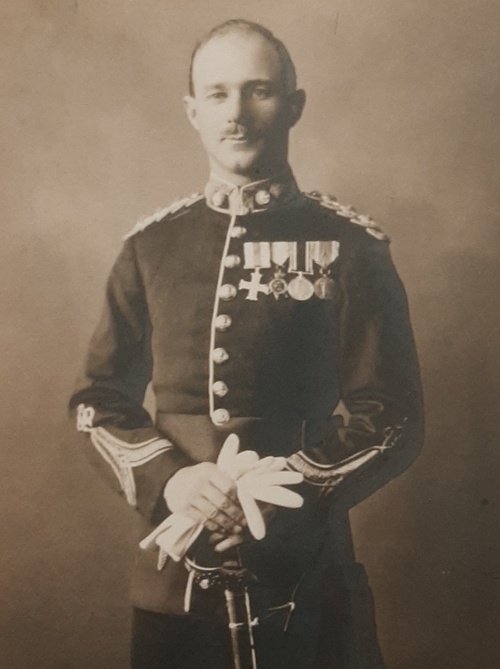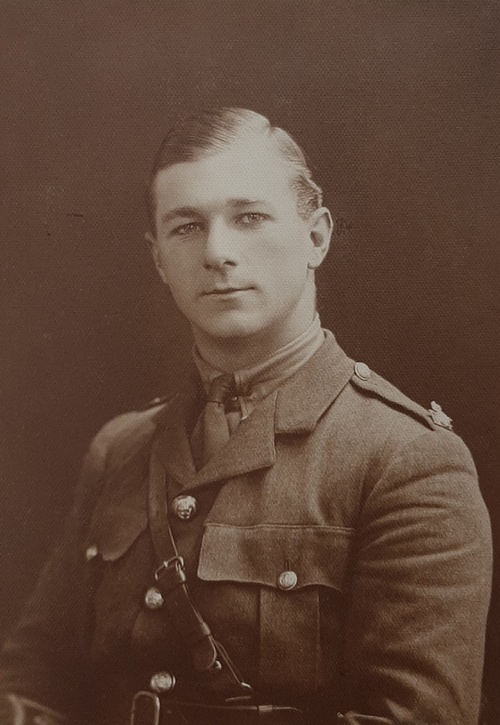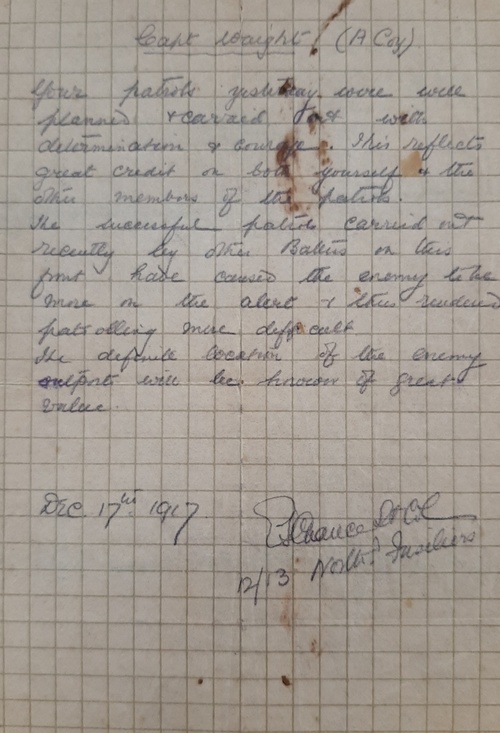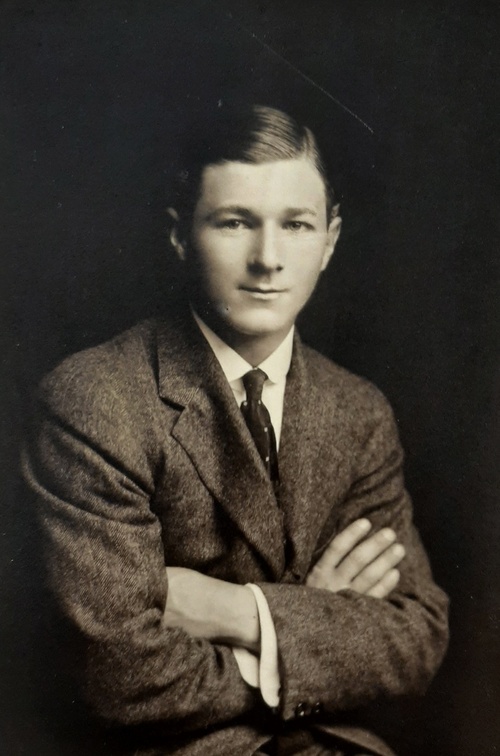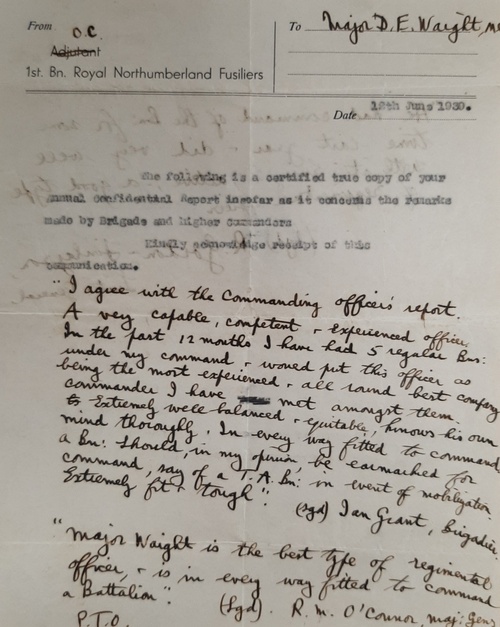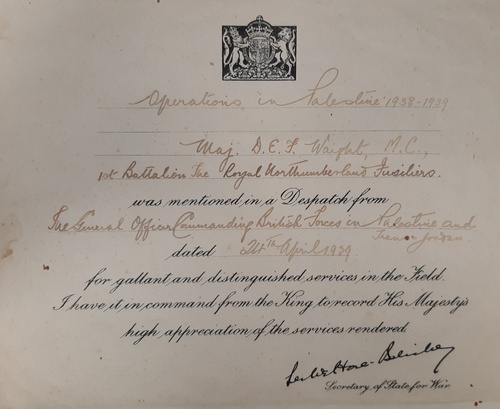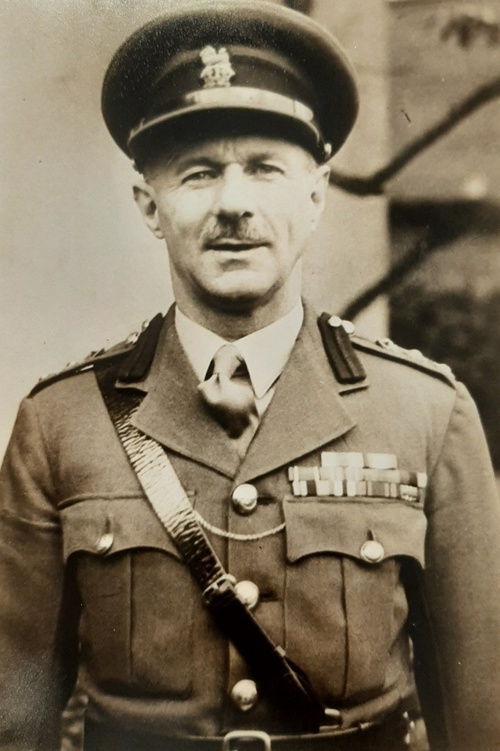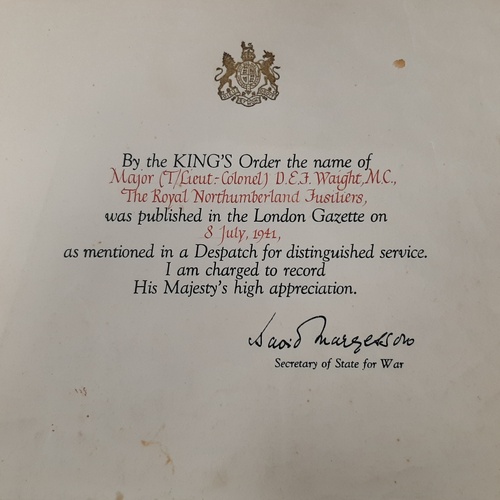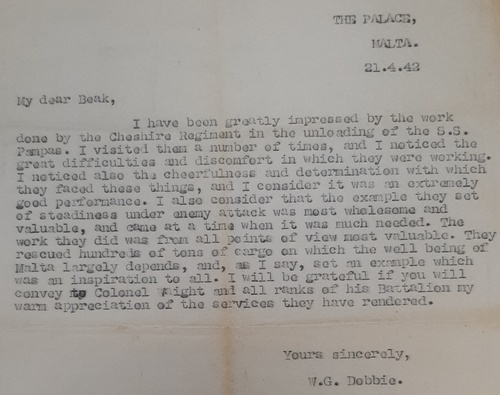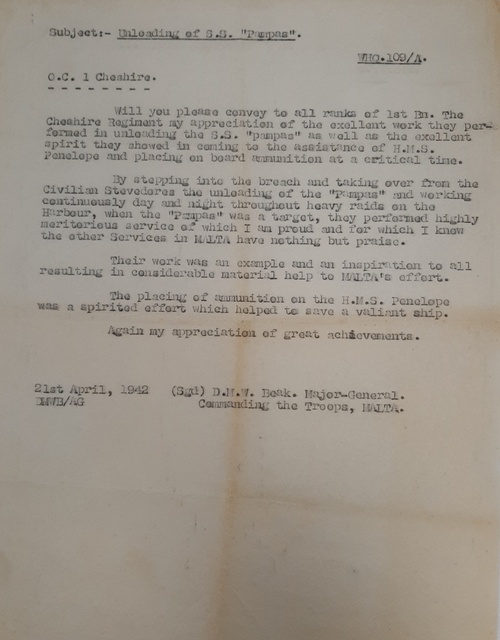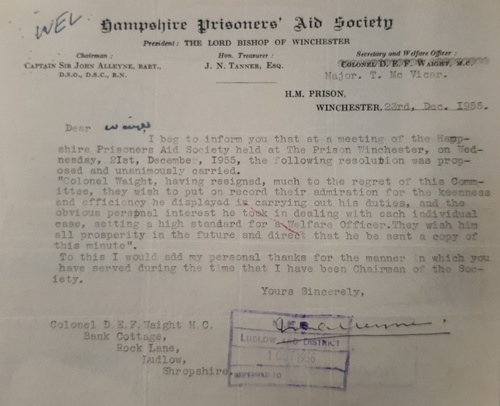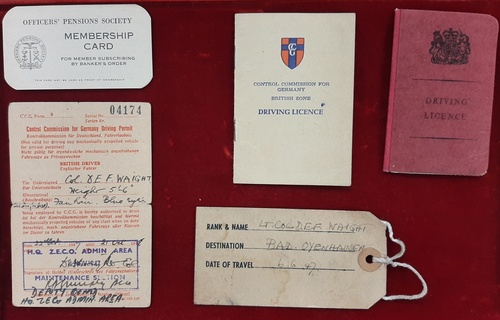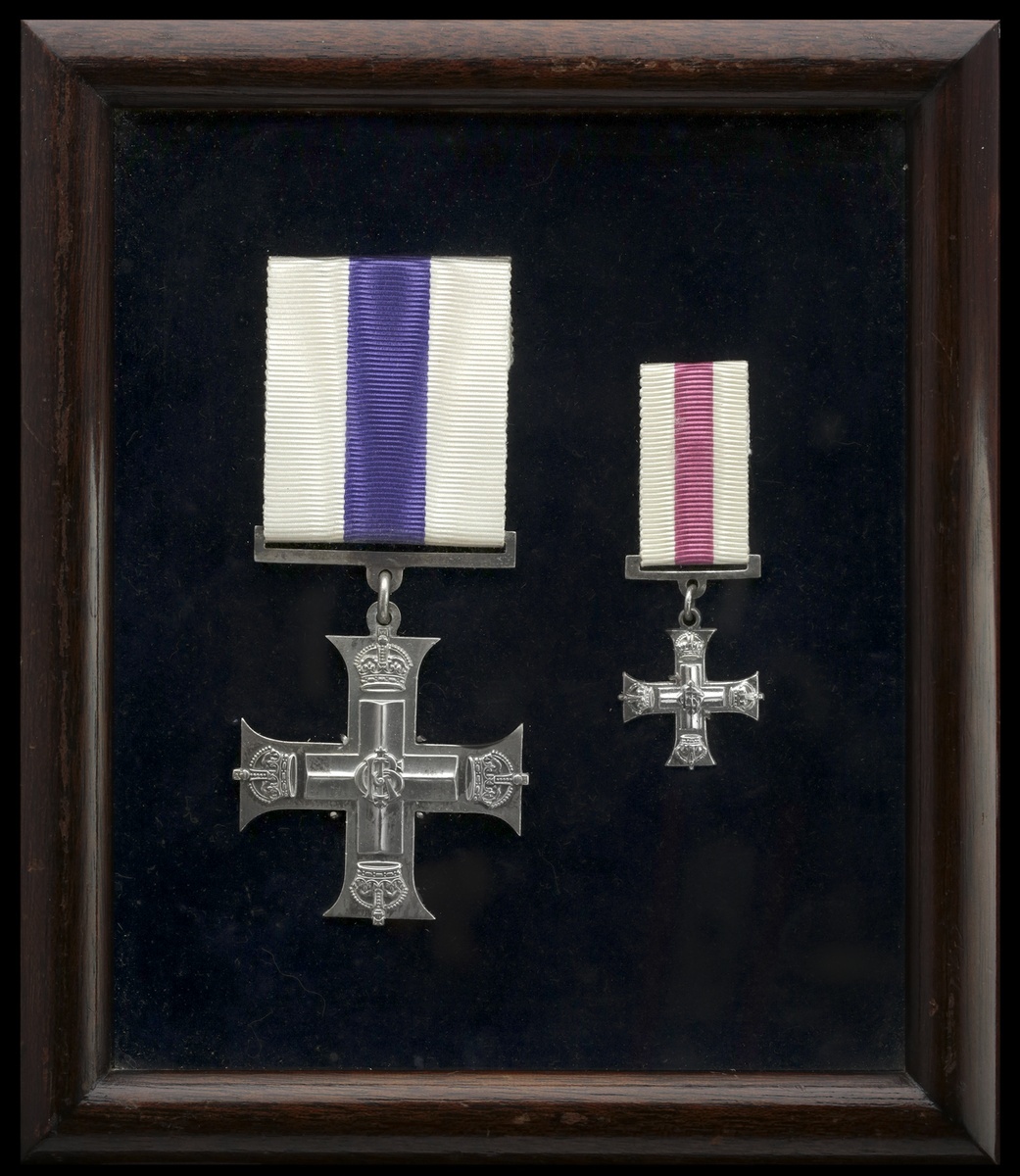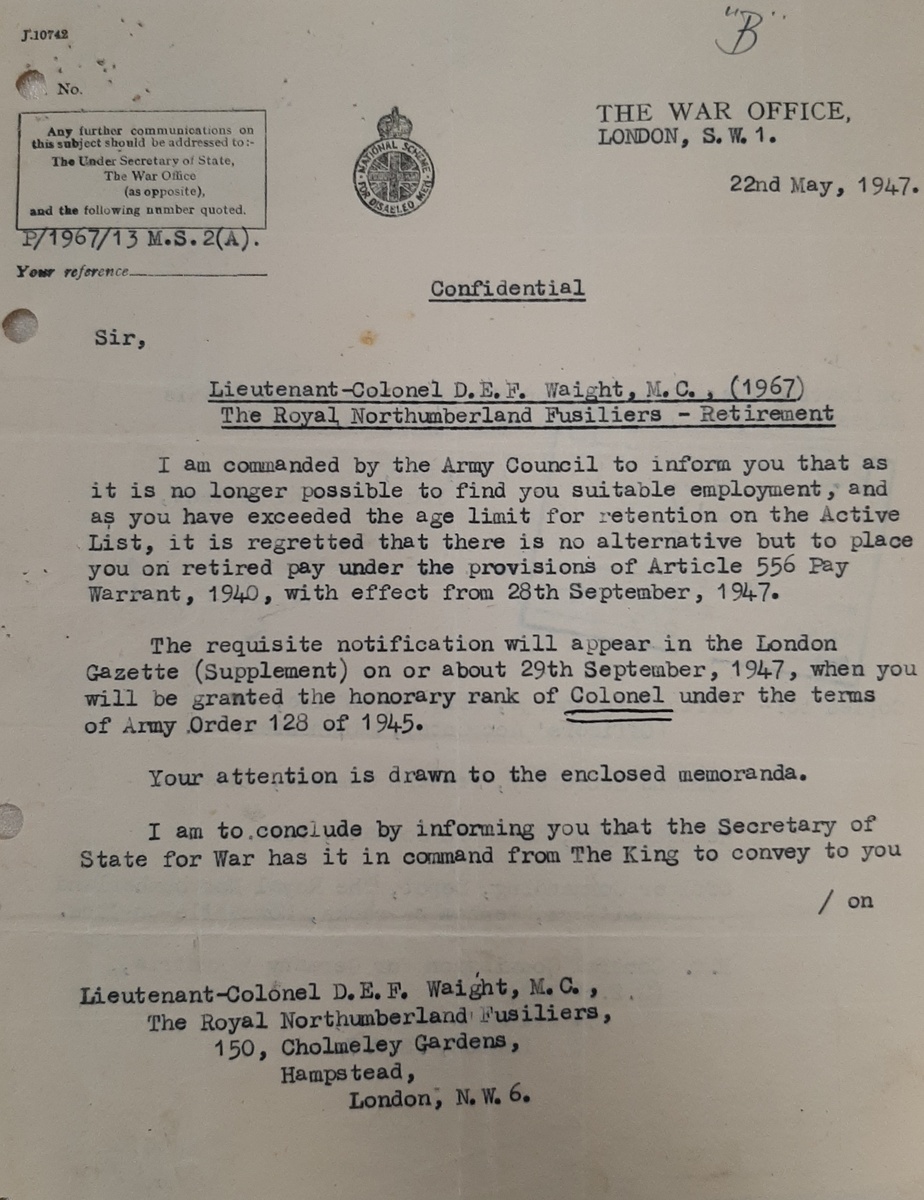Auction: 22003 - Orders, Decorations and Medals
Lot: 447
An outstanding Great War M.C. group of ten awarded to Colonel D. E. F. Waight, Northumberland Fusiliers late Royal Air Force, who saw service with the Fusiliers from the Battle of Loos until the Arras Offensive; he latterly joined the Royal Air Force and gained 'Ace' status with no less than 12 victories to his name
Later returning to his Regiment for inter-war service - which saw him 'mentioned' in Palestine - he answered the call of duty again for the Second World War, distinguishing himself at the Siege of Malta and in North Africa, again earning another 'mention'
Military Cross, G.V.R., reverse engraved 'Dennis E. Waight Investiture Buckingham Palace June 22nd 1918', mounted separately in an attractive Spink & Son display case; 1914-15 Star (Lieut. D. E. F. Waight North'd Fus.); British War and Victory Medals (Capt. D. E. F. Waight.); General Service 1918-62, 2 clasps, Iraq, N. W. Persia, with M.I.D oak leaf (Lieut. D. E. F. Waight.); 1939-45 Star; Africa Star; France and Germany Star; Defence and War Medals 1939-45, with M.I.D. oak leaf, contact marks to the reverse of all, overall very fine (10)
M.C. London Gazette 3 June 1918.
Dennis Edward Francis Waight was born at Calcutta, India on 15 February 1895, the son of Colonel Robert and Esme Waight. The young Waight was educated at St. Mary’s School, Harlow and later Aldenham School (Beevor House, 1910-1912), where he made the football XI.
The Western Front
Enlisting with the Middlesex Regiment at Mill Hill on 8 August 1914 with the rank of Private, Waight was commissioned 2nd Lieutenant in the 12th Battalion, Northumberland Fusiliers on 22 September. Serving in France from 8 September 1915, he was present with that unit when they went into action for the first time on 26 September at the Battle of Loos. Waight describes the experience of marching to the Battlefield in some detail, stating:
‘As our column moved slowly forward through the village in order to join our comrades in the fighting line we saw for the first time dead men, row upon row of men like a recently reaped field of corn swathed with men. The Scotties with their kilts wrapped over exposing their bare thighs and the Londoners lying in their Khaki equipment and Khaki clothing like oh I don’t know how to describe it. It appeared so impossible to picture, so impossible to realise so unbelievable that the motionless figures could be our men...
My Battalion, as in fact was the case with other Battalion Divisions, was used unfortunately piecemeal in this battle in support of the front line attacking troops and we never operated as a division under its own command simply thrown in piecemeal unit by unit and accomplished very little so that the line was stabilised where it had reached on the first or second day of the battle and shortly my Division was withdrawn and went into trenches at a place called Halluck [Halluch].’
They were later engaged again during the Somme Offensive, seeing action at Shelter Wood and Mametz Wood during July 1916 and later at Bernafay Wood and Fricourt in September. Promoted Captain in December 1916, Waight continued to serve with the 12th Battalion. Notably he was commended for his work commanding a patrol on 17 December 1917 whist serving with 'A' Company with his commander stating:
‘Your patrols yesterday were well planned + carried out with determination + courage. This reflects great credit on both yourself + the other members of the patrols. The successful patrols carried out recently by other Battns. on this front have caused the enemy to be more on the alert + this rendered patrolling more difficult.’
The War Diary notes that the success of this patrol allowed the Battalion to identify a hitherto-unnoticed enemy advanced post.
Flying Ace
Not long after this Waight was seconded to the Royal Air Force, returning from his training to join No. 22 Squadron on the Western Front in May 1918 and he was soon engaged in intense aerial combat, as his memoirs make clear stating:
‘I was firing to the best of my ability at any enemy machine to come within range of me but at a crucial moment my gun jammed, now it was very difficult to get a gun going again once it had jammed because it was extremely cold and ones hand was numbed and furthermore one wore a pair of silk gloves and [a] pair of thick leather gloves on top and they were very awkward to rectify any fault so that there I was[,] or there we were my pilot and I [,] exposed because we had no defence and suddenly I quickly realised that there was no fire coming from us, I immediately seized the opportunity and I realised very soon that two wolf scouts were climbing above me and sitting on my tail and they were so close that I could hear their guns firing and tracer converging on my cockpit...
It was [a] strong built machine capable of taking great strain fortunately so that we were able to continually dive the plane without the plane falling to bits, we certainly left [the] two scouts up in the sky and then having arrived some 400/500 feet above the ground the pilot turned for home and were almost hedge hopped back to our aerodrome.’
On returning to the aerodrome they discovered that the plane had been shot almost to pieces. One round had even pierced the Perspex windscreen directly in the centre, but somehow missed the pilot. Waight notes this incident in particular as one which taught him the value of calm and rational thought in moments of crisis whilst flying.
Whether he truly learned this lesson or not, his time with the Royal Air Force was certainly successful with six confirmed kills and another six forced down out of control. The first occurred on 10 July 1918 while flying with the ace T. W. Martin over Lille when he forced down a Pfalz D.III.
During the Amiens offensive he shared two kills over Vitry while flying with W. J. H. Harvey on 8 August, and only three days later took down a Fokker D. VII near Armentieres on 11 August. Continuing to fly throughout August, Wight obtained another seven kills with Harvey before joining South African Ace Ian Oliver Stead for his last kill in August.
Waight’s final kill was one week before the Armistice while flying with ace pilot Stanley Wallage when he drove down a Pfalz D.XIII near Bavey. This was not only the final kill for Waight personally, but also for the Squadron, leaving him with four kills, two shared kills and six enemies forced down.
Interwar – return to the Infantry
With the end of the Great War, Waight returned to his Regiment, joining 3rd Battalion in March 1919. Later transferring to the 2nd Battalion, he was posted with them to Mesopotamia on 1 September 1919. He was still stationed here when the Great Iraqi Revolt broke out in May 1920; later also seeing service with North Persia Force, Waight left the Middle East for India on 4 February 1921. Serving detached with the Presidency & Assam District from 1 November 1921, he was promoted Captain on 14 March 1922 before re-joining his Battalion in July he was stationed with them at Fyzabad in November.
After several years in Britain, Waight was posted back to India on 27 November 1927, serving with 2nd Battalion until he was appointed Staff Captain and seconded to the Staff (13 November 1929-2 March 1931) and was posted to China that same day.
Seconded to the 6th Battalion, Northumberland Fusiliers he was appointed Adjutant on 11 January 1932 at Newcastle. Posted to Palestine with the 2nd Battalion on 12 September 1936 Waight was promoted Major later in the month, on 29 September. Seeing further service in both Egypt and Palestine he received a ‘mention’ on 24 April 1939.
Second World War - Siege of Malta
Still in Egypt with the 1st Battalion at the outbreak of the Second World War, Waight was promoted Lieutenant-Colonel and sent to the 1st Battalion, Cheshire Regiment as their commanding officer on 26 August 1940. Posted to Malta on 21 February 1941 they formed part of the island’s garrison during the dark years of the Siege.
They were still stationed here during the Second Battle of Sirte on 22 March 1942, when convoy MW10 attempted to force its way past the Italian fleet blockading the Island. Only three transports made it through, including the Pampas which docked at the Grand Harbour and began to unload.
With the success of the convoy the Luftwaffe began a series of air raids which hammered the harbour from 24-26 March. The letter written to Waight by Major-General Beak outlines what happened next stating:
‘By stepping into the breach and taking over from the Civilian stevedores the unloading of the “Pampas” and working continuously day and night throughout heavy raids on the Harbour, when the “Pampas” was a target, they performed highly meritorious service of which I am proud and for which I know the other Services in Malta have nothing but praise.
Their work was an example and an inspiration to all resulting in considerable material help to Malta’s effort.
The placing of ammunition on the H.M.S. Penelope was a spirited effort which helped to save a valiant ship. Again my appreciation of great achievements.’
Closing shots
Waight was ‘mentioned’ again on 7 July 1941 for his work with the Cheshire Regiment. After months of heavy fighting he relinquished his appointment but retained the rank of Lieutenant-Colonel (Acting Colonel), effective from 16 November 1942. Having left Malta for the Middle East Waight then undertook a number of training roles and Staff positions which he remained in until 13 September 1944 when he was posted to 21 Army Group in North-West Europe.
Leaving 21 Army Group on 13 March 1945, he joined the British Army of the Rhine on 1 November 1945 as Commandant of No. 4 Civil Internment Camp. Waight saw further service in Germany as part of the Legal Branch of the Control Commission. Returning to the Northumberland Fusiliers Depot he was placed on the retired list with the honorary rank of Colonel on 28 September 1947; sold together copied research including census data, M.I.C. and service records as well as army lists, war diaries and London Gazette entries along with extracts from Above the British War Fronts, Royal Air Force 1918 and Pi in the Sky: History of No. 22 Squadron with pictures and letters from Major-General Beak and General W. G. Dobbie and an impressive archive of original documents comprising:
(i)
Photographs (16) from various stages of the recipient’s career.
(ii)
Extracts from the recipient’s memoirs.
(iii)
A report on the patrols launched in December 1917.
(iv)
Two M.I.D. certificates.
(v)
Handwritten notes recommending the recipient for promotion.
(vi)
Letters from Generals Dobbie and Beak.
(vii)
A masonic presentation document.
(viii)
Letters notifying the recipient of his retirement and honorary promotion.
(ix)
Driving Licences and pension society details.
Subject to 20% VAT on Buyer’s Premium. For more information please view Terms and Conditions for Buyers.
Sold for
£4,800
Starting price
£1600


